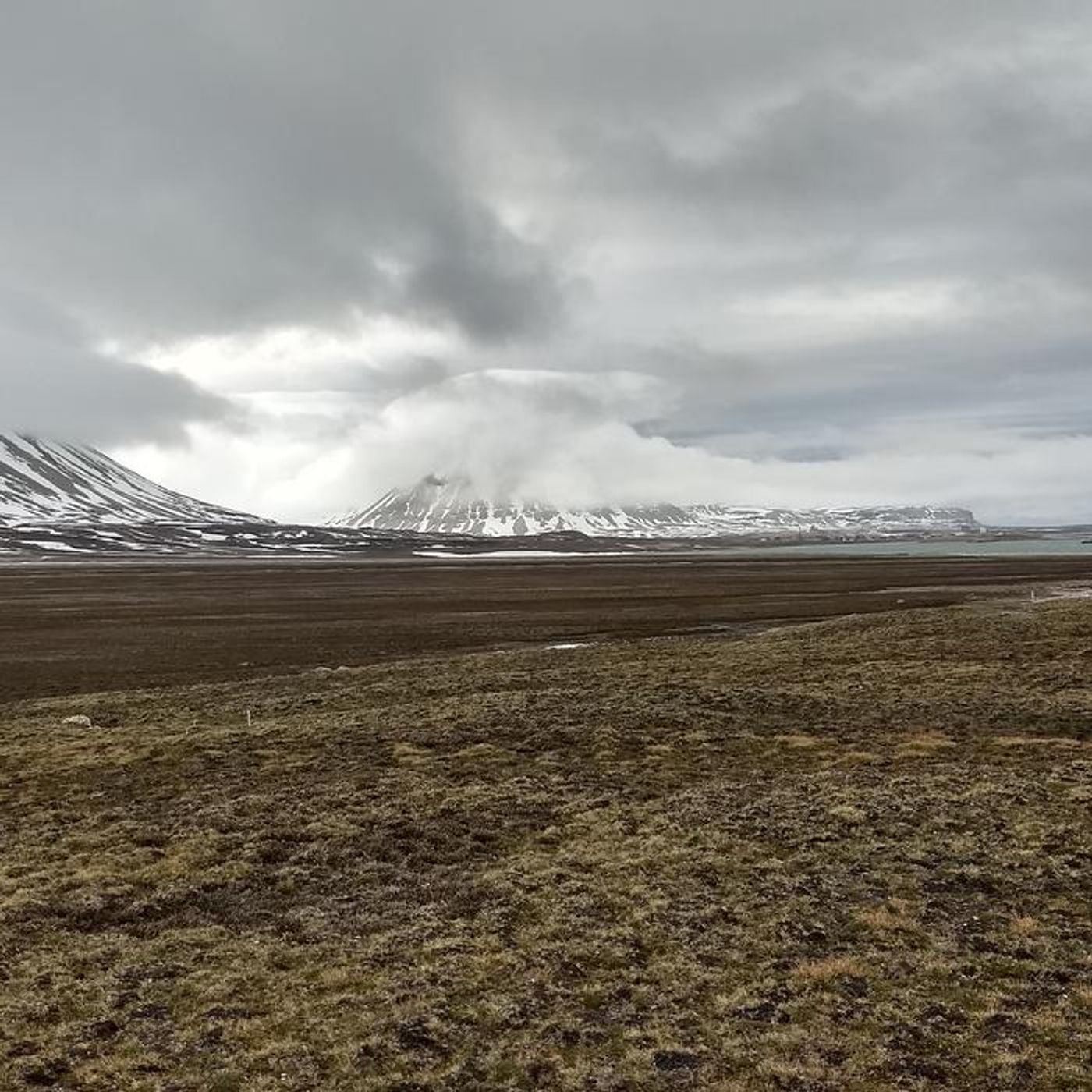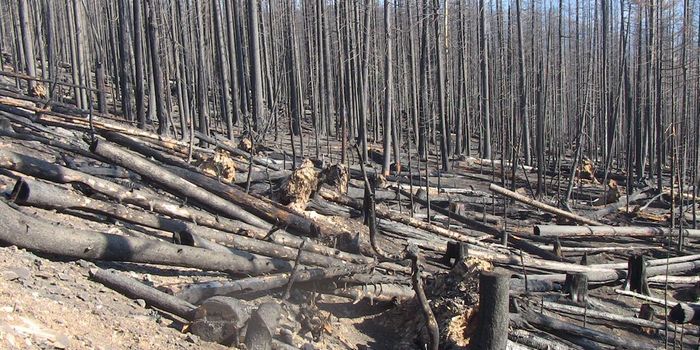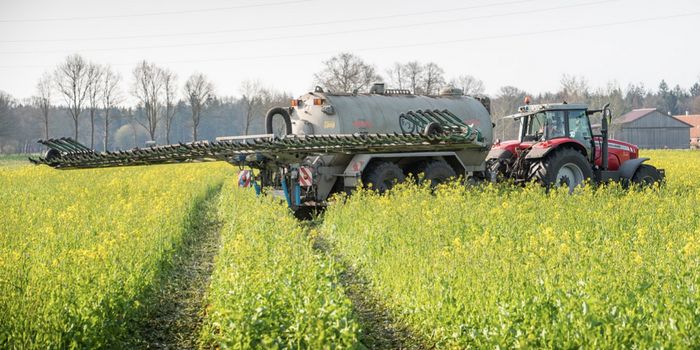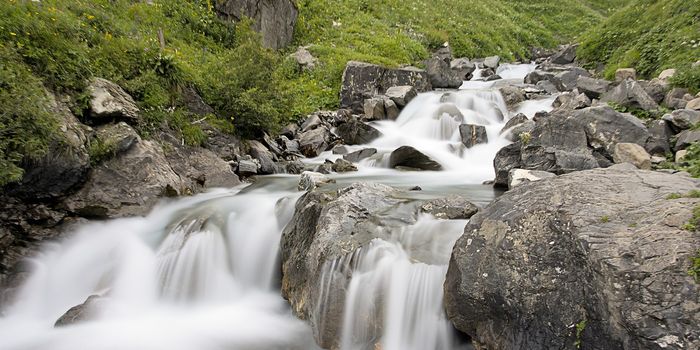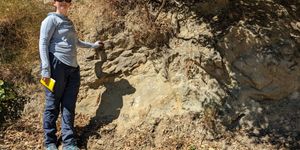Arctic Clouds and Climate Change: Unveiling the Role of Biological Particles
A recent study published in Nature Communications examines how biological particles like bacteria, spores, and pollen play a key role in the production of Arctic cloud ice. This study was conducted by an international collaboration of researchers at the Zeppelin Observatory between 2019 and 2020 and holds the potential to help scientists better understand the long-term impacts of climate change in the Arctic.
Image of an arctic tundra located near the Ny-Ålesund village taken in summer 2019 with the Zeppelin Observatory located in the background (left, covered by clouds). The tundra is hypothesized to be a primary origin of bioaerosols in the Arctic. (Credit: Gabriel Freitas)
For the study, the researchers used single-particle fluorescence spectroscopy and electron microscopy to try and identify biological particles within the clouds, and determined connections between PBAP and environmental factors, including meteorological criterion, temperature, and snow cover. In the end, they confirmed the existence of biological particles, including sugar alcohol mixtures, mannitol and arabitol. To quantify the ice nucleating particles, the researchers collected used filters to collect particles over a week, which was succeeded by painstaking analyses in the laboratory.
"While arabitol and mannitol are present in various microorganisms, their presence in air are related to fungal spores, and might originate both from local sources or from long range atmospheric transport,” said Dr. Karl Espen Yttri, who is a senior scientist at The Climate and Environmental Research Institute NILU and a co-author on the study.
This study is paramount in scientists better understanding the connection between these biological particles and clouds, as increases in snow-free tundra and open access areas are expected to occur in the next few decades, as these are sources for biological particles within the Arctic. With climate change slowly melting ice in the polar regions, the presence of Arctic clouds is vital to preserving this ice, as they help trap warm temperatures while reflecting sunlight back into space during the spring and summer months.
"This research offers critical insights into the origin and properties of biological and ice nucleating particles in the Arctic that could enable climate model developers to improve the representation of aerosol-cloud interactions in models and reduce uncertainties related to anthropogenic radiative forcing estimates,” said Dr. Paul Zieger, who is an associate professor at Stockholm University and a co-author on the study.
What new discoveries will researchers make about Arctic clouds and biological particles in the coming years and decades? Only time will tell, and this is why we science!
As always, keep doing science & keep looking up!
Sources: Nature Communications, EurekAlert!, National Oceanic and Atmospheric Administration
